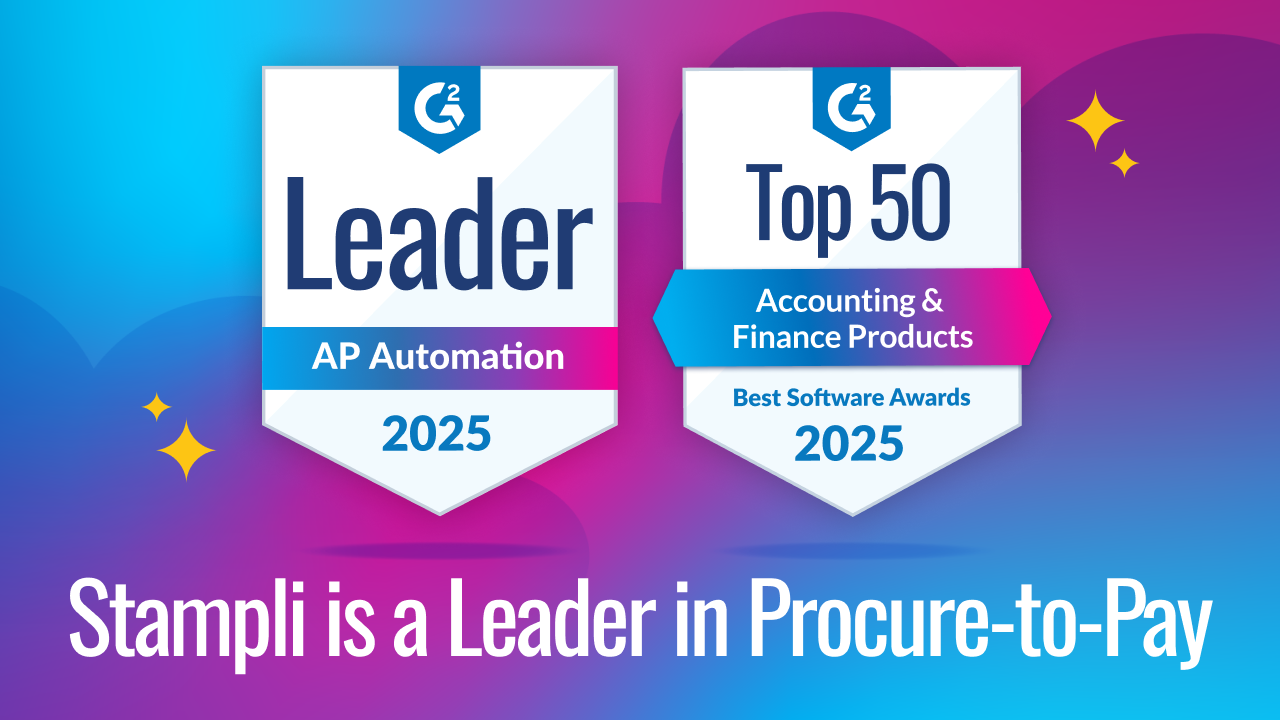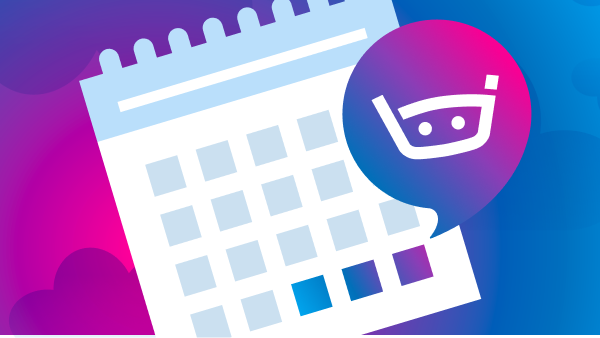Leveraging Robust Planning to Deliver Business Agility


By Ernie Humphrey, VP, Thought Leadership, Stampli
Business agility has always been important, but most companies did not realize how much until the real impacts of COVID began to unfold and continue to do so daily. Companies need to be able to see, monitor, predict and manage variables that drive company success. This means robust scenario analysis and a dynamic planning environment within a culture of data-driven decision making. I have been on my soapbox about the importance of business agility for the past 5 years and had many conversations focused on it with CFOs and FP&A leaders over the past six months about it. I want to share what I have learned and share some insights from a conversation I had with Jeremy Lin, CFO, Centage on The Finance Trends & Disruption Podcast.
Here are 10 specific tips to empower business agility at your company:
- Visibility of Business Processes
- Visibility of Internal Communications
- Visibility of All Communications with Suppliers, Customers & Technology Partners
- A Culture of Collaboration & Accountability
- Understanding the Data Needed to Drive Results across the Enterprise
- A Dynamic Planning Environment
- The Right Data to the Right People at the Right Time
- Technology that Facilitates Collaboration
- Technology that Empowers Robust Scenario Planning
- Invest in the People & Technology to Deliver the Story Behind the Numbers
A few of my most compelling exchanges with Jason Lin, CFO, Centage (a leading provider of planning, budgeting, and forecasting software) are as follows:
Ernie Humphrey: Let’s talk FP&A pre- and post-coronavirus. Going into 2020, let’s rewind back to 2000, what did you see as the biggest challenges for yourself as a CFO to overcome in delivering an effective strategic plan for 2020? What did you see as your plans going into 2020?
Jason Lin: I think that the challenges are quite similar pre- and post-COVID. I think what’s changed are the type of deliverables that we’re producing to drive that strategic value and maybe also the volume of work. Going back into late 2019, heading into 2020, I believe that one of the top of mind challenges within finance and within FP&A specifically, was still that there was a lack of automation, lack of proper technology. Way too many manual processes that still existed. I’ve lived this struggle at multiple organizations, where, to create a forecast, what that meant for an FP&A team was pulling data from multiple systems and spending time to manipulate all of that data into one usable source. This is obviously not time efficient. At the end of the day with all of those manual processes and the data validation, what that means is that your operational business partners are sitting around waiting on finance, which in my mind is the opposite of delivering strategic value.
I believe things have become a lot more conservative. Cutting back on discretionary expenses, delayed hiring plans, I even saw that Google was cutting its marketing spend by something like 50% in the second half of 2020.
Late in 2019, Ernie Gartner released the results from their Gartner for Finance Leaders 2020 Agenda Poll, and 79% of the finance leaders called out that one of their top concerns was that current technology was not aligned with future success. That kind of speaks to my point. I think that what has changed with COVID, so when we talk about post-COVID, are the type of strategic decisions that we’re driving. The question is no longer, “Hey, is it worthwhile to add 20 quarter bearing sales heads in the next six months to drive growth?” I believe things have become a lot more conservative. Cutting back on discretionary expenses, delayed hiring plans, I even saw that Google was cutting its marketing spend by something like 50% in the second half of 2020. No matter where you are, whether you are in the SMB or whether you’re Fortune 200, the exercise has kind of changed for finance and for CFOs.
Ernie Humphrey: When this started to unfold, as a CFO that faced these challenges, were there things that you thought that, “Wow, Centage could really help these companies that face these challenges? What were the things that really came to your mind given that you use Centage? How did you believe that Centage could be especially valuable for companies realizing value for FP&A done right, especially now in this new environment that we are in right now?
Jason Lin: That is a great question and a great thought, Ernie. When the post-COVID reality really set in, I’ll call it, the two things that popped into my mind very clearly was number one, FP&A is going to be in the spotlight. It is “go time” for FP&A professionals. Organizations are going to be leaning on them and looking towards them as they are making their decisions in the coming months, coming quarters. Number two, companies need Planning Maestro, or something like Planning Maestro, so traditionally there is a ton of seasonality in FP&A.
I’m sure you’ve probably heard FP&A folks talk about planning or budgeting season and depending on where you are, if you’re on a calendar or fiscal year, usually that means the end of Q three/Q four, when you’re preparing your upcoming annual plan for board approval at the end of the year. I think that COVID has completely blown that up. I think it’s blown that season now. Back in March, I could read you texts from my phone, I was getting texts from my friends in my professional networks saying things like, “Boy, I’m glad I spent all that time on the budget,” or, “There goes my 2020 plan,” right?
I would argue that folks are in budget or planning season every month, every quarter right now. As we get more visibility to the true impact of COVID, doing that in manual processes is nearly impossible.
We’re absolutely in a time of uncertainty. I think that every single month we’re collecting data. What’s the impact on our top line sales? What’s the impact to lead generation? What are our collections looking like? I would argue that folks are in budget or planning season every month, every quarter right now. As we get more visibility to the true impact of COVID, doing that in manual processes is nearly impossible. It’s a difficult time. We don’t have a quarter and two months, and it’s a difficult time right now to tell your CEO or your business leaders, “Well, let me crunch the numbers and get back to you in a few days.” Decisions are being made in those few days. Personally, speaking at Centage, where we are on a monthly rolling forecast cycle, that’s exactly what we’re doing. We’re using Planning Maestro to create multiple forecast scenarios, we’re pressure testing all of those assumptions. It would be impossible to do what we are doing in the time that we’re doing it without our software.
If you want to experience my entire conversation with Jason Lin. You can listen to the full podcast episode Leveraging Robust Planning to Deliver Business Agility.




